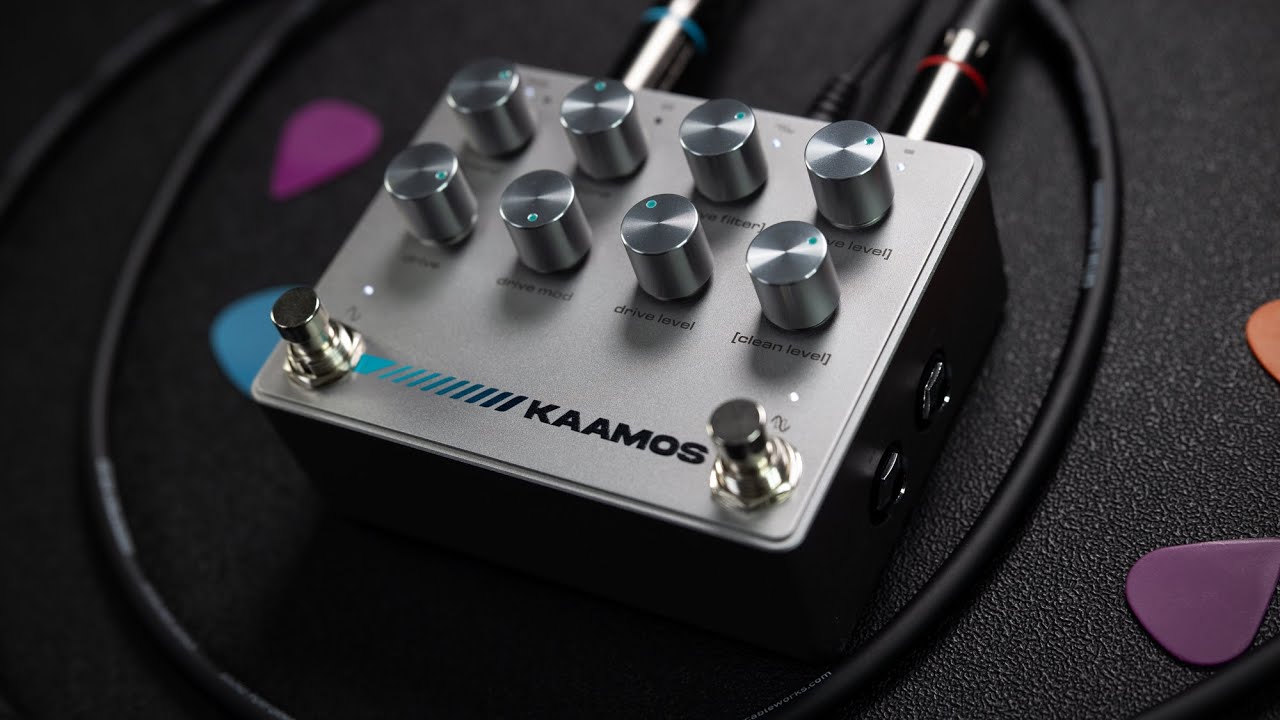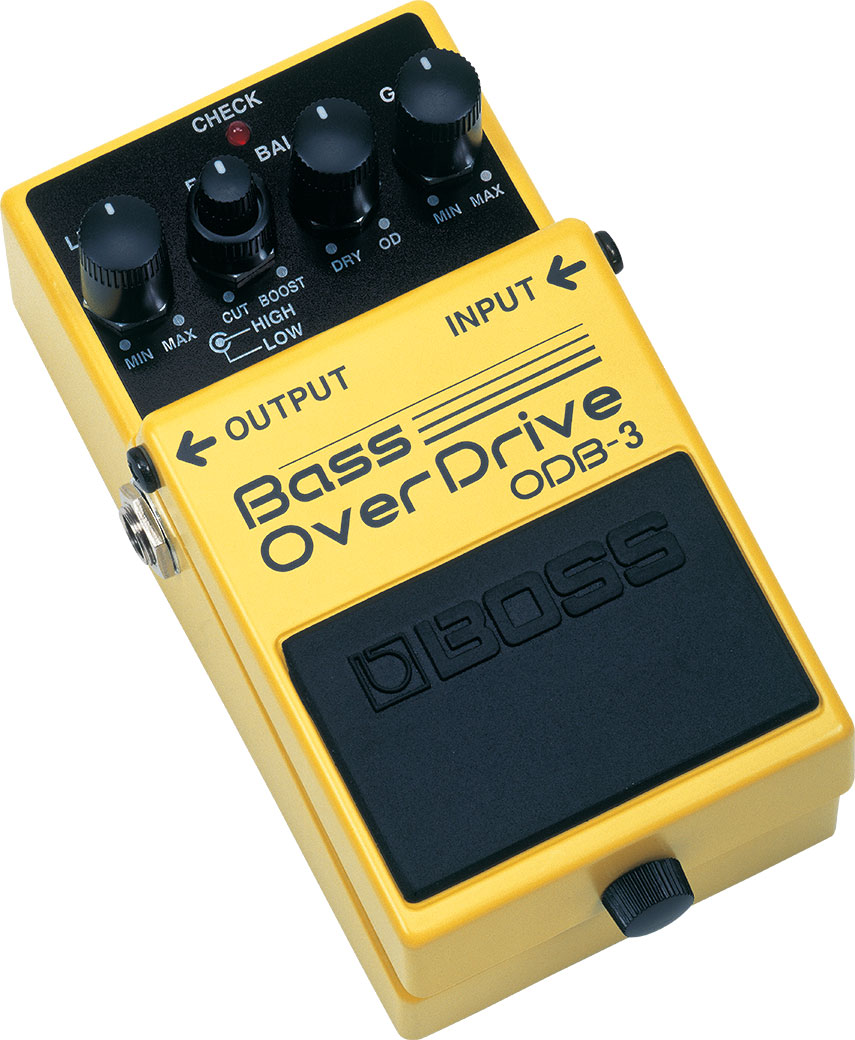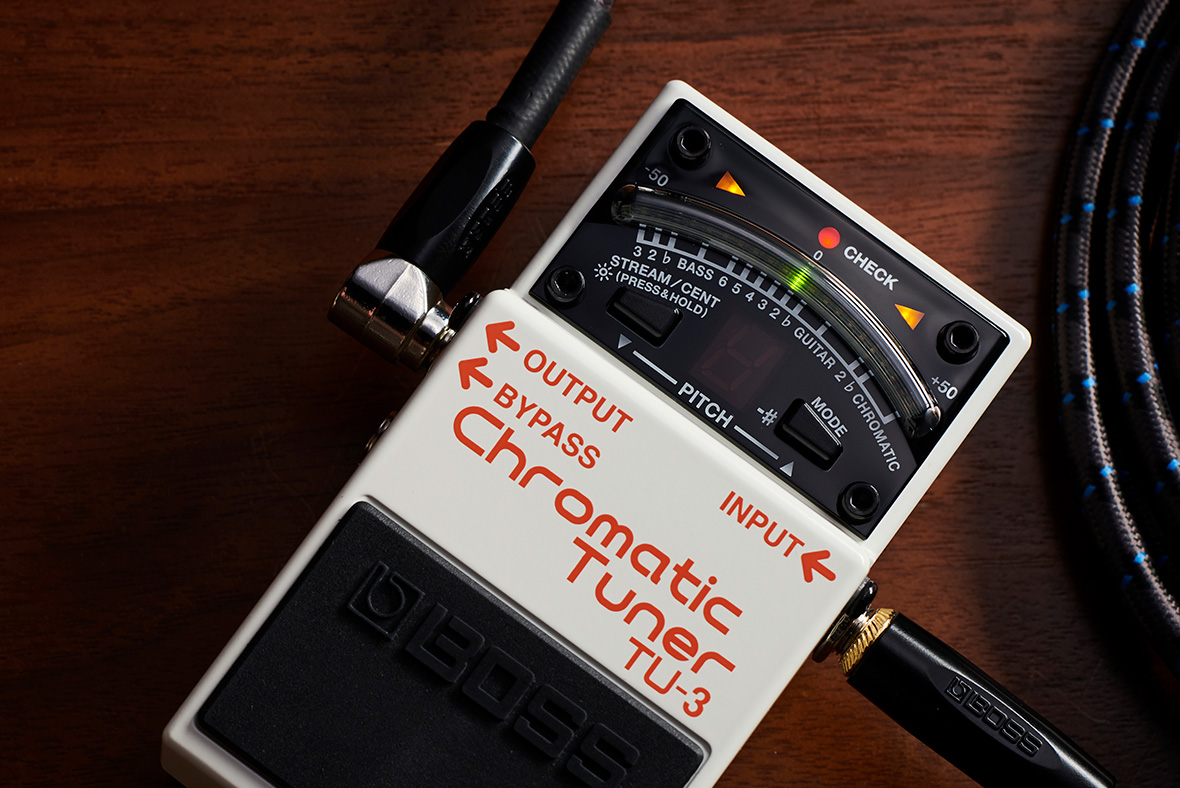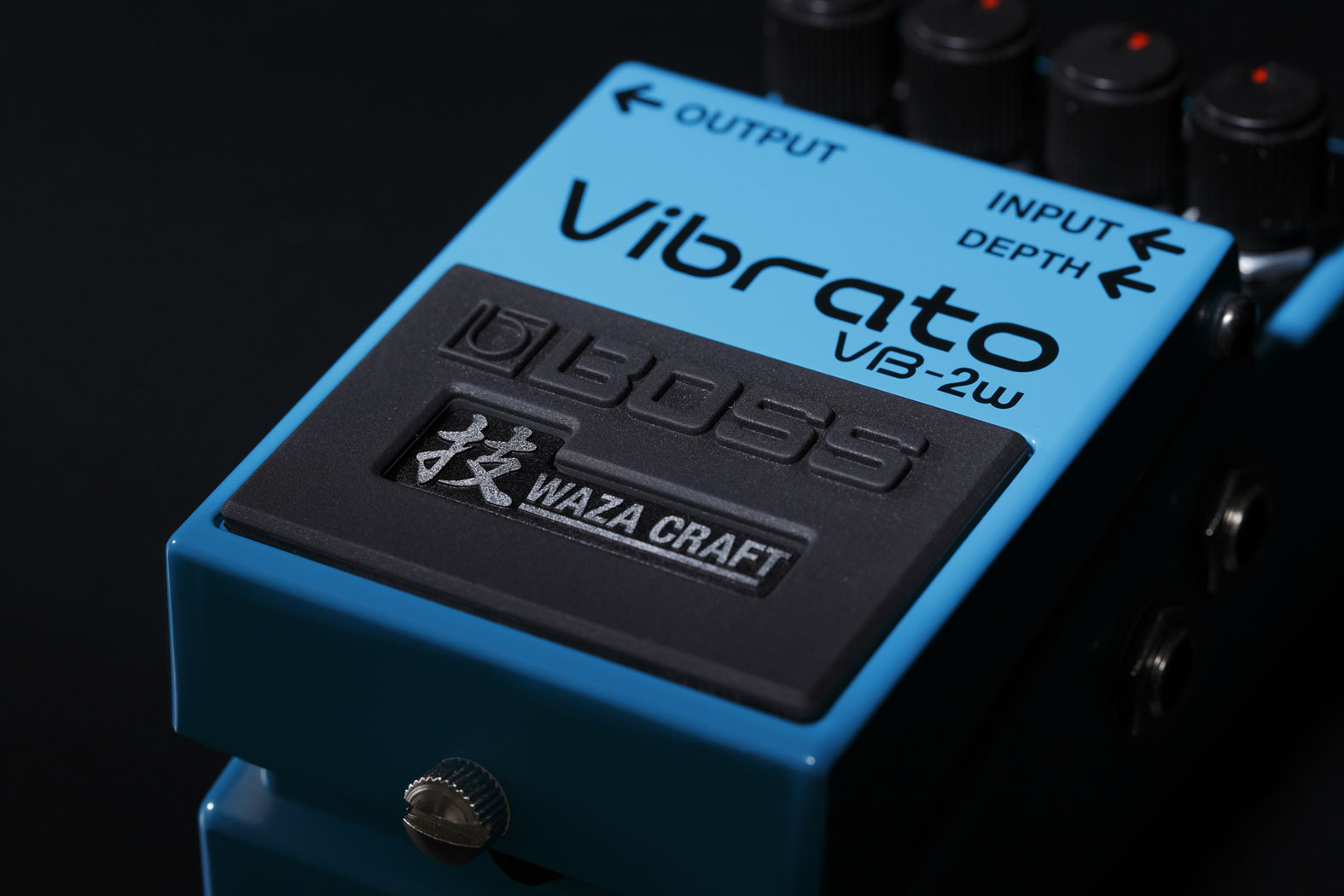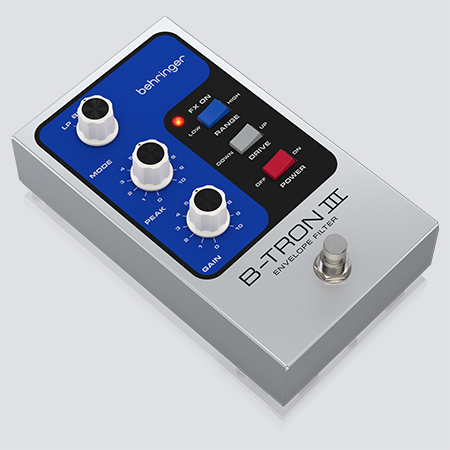A Hidden Gem in the Boss Roster With the release of our reviews on the Boss VB-2W and Boss TU-3, our community has been asking for more Boss pedal reviews. Boss is a brand that can be found everywhere around the globe—it has saved touring musicians countless times when airlines have lost or broken gear. Knowing your Boss gear can make or break your tours and recording dates. Today, we’re focusing on a hidden gem in the Boss roster. A pedal that everyone knows but many overlook—the ODB-3 Bass Overdrive. The Overdrive That Defined a Generation of Bassists The ODB-3 has been around since 1994, and while it may not have the boutique status of modern drive pedals, it has quietly earned its place as a go-to bass distortion for players across many genres. Unlike typical overdrive pedals that are designed for guitar and later adapted for bass, the ODB-3 was built from the ground up for low frequencies. It offers a full-range overdrive that retains low-end definition, making it an excellent choice for rock, metal, and punk bassists who need aggression without sacrificing clarity. Features & Controls The Boss ODB-3 is housed in the classic Boss compact pedal format, built like a tank—a reliable workhorse that will withstand years of stomping, touring, and studio use. Its control layout is simple yet effective: The Balance control is what separates the ODB-3 from standard distortion pedals—many bass players want distortion but still need the fundamental clarity and punch of their clean signal. This pedal delivers both, making it highly versatile. Tone & Performance The ODB-3 is aggressive—it’s not a subtle overdrive meant for light breakup. Instead, it excels in delivering powerful, driven tones that cut through dense mixes. One of the biggest advantages of the ODB-3 is how well it handles active and passive basses. Thanks to its high-input impedance, it doesn’t clip or overload active bass signals, making it a great option for modern bassists. Another key strength is its ability to retain articulation—even at high-gain settings, the notes remain clear and distinct, something many distortion pedals struggle with when used on bass. How It Stands Against Other Overdrive Pedals While the ODB-3 is an excellent standalone overdrive, it has stiff competition in today’s market. Many modern bass drive pedals offer more sophisticated EQ options or cab simulation, features that the ODB-3 lacks. However, what keeps this pedal relevant is its simplicity, affordability, and reliability. If you’re looking for a no-nonsense, hard-hitting bass overdrive that you can rely on night after night, the Boss ODB-3 is still one of the best choices available. Conclusion: A Workhorse Distortion with Unmatched Reliability The Boss ODB-3 might not be the flashiest or trendiest overdrive pedal, but it works—and it works exceptionally well for bassists looking for a dependable, aggressive drive. Its ability to blend clean and dirty tones, its full-range overdrive, and its built-like-a-tank durability make it a staple on pedalboards worldwide. While boutique distortion pedals may come and go, the ODB-3 remains a reliable choice, proving once again why Boss pedals are found in every corner of the bass-playing world.
